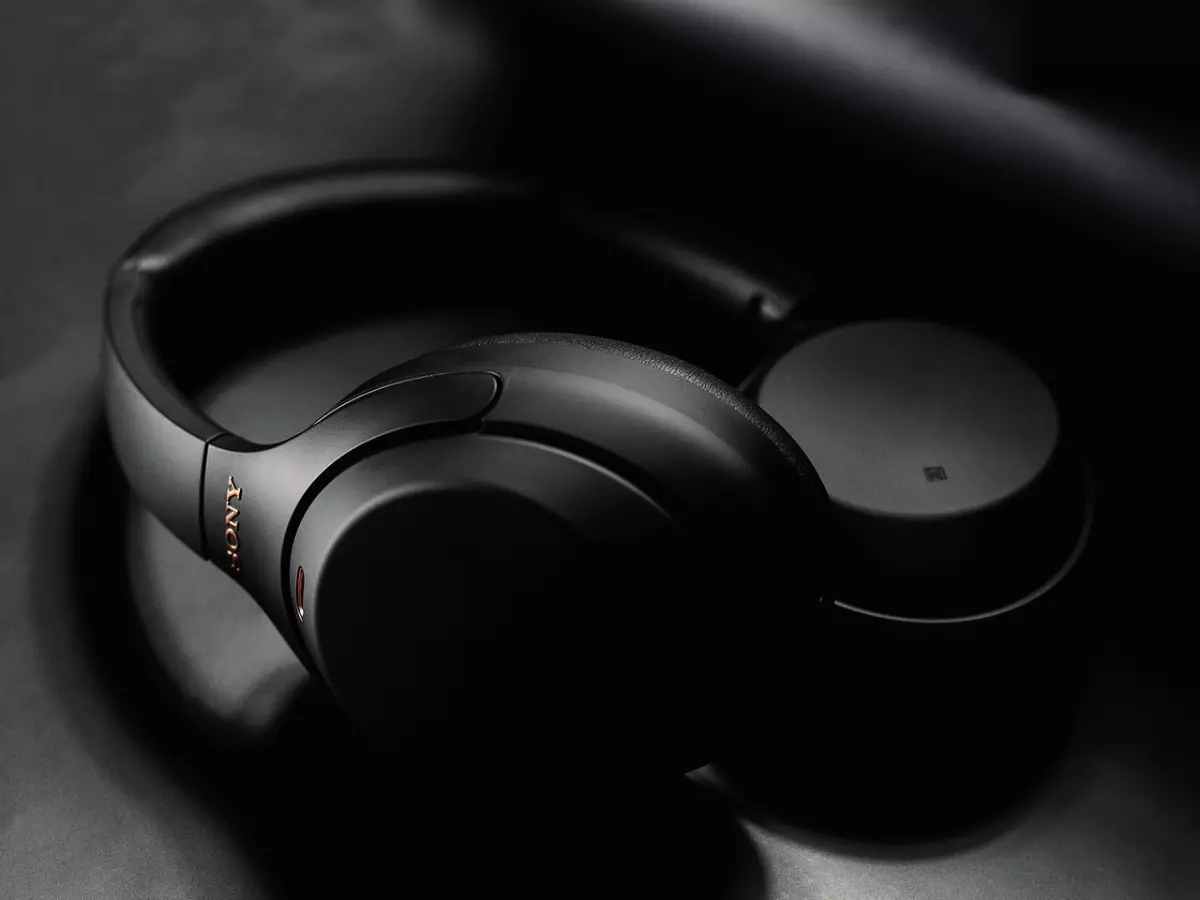OLED vs. LCD
Ever wondered why your smartphone screen looks so different from your friend's? It might be the display technology. But which is better—OLED or LCD?

By Marcus Liu
When it comes to consumer electronics, the screen is one of the most important features. Whether you're binge-watching Netflix, scrolling through Instagram, or gaming on the go, the display can make or break your experience. But not all screens are created equal. The two dominant technologies—OLED (Organic Light Emitting Diode) and LCD (Liquid Crystal Display)—each have their own strengths and weaknesses. So, how do you choose between them? Let's break it down.
Brightness: LCD Shines, But At What Cost?
If you're someone who uses your device outdoors or in bright environments, LCD might be your go-to. LCD screens are known for their impressive brightness levels, making them easier to see in direct sunlight. This is because LCD displays use a backlight to illuminate the entire screen, ensuring consistent brightness across the board.
However, this backlight comes at a cost—literally. The constant illumination means LCD screens tend to consume more power, which can drain your battery faster. Plus, because the backlight is always on, LCDs struggle with achieving true blacks. Instead of a deep, inky black, you get more of a dark gray. Not ideal if you're watching a movie with a lot of nighttime scenes!
Color Accuracy: OLED Takes the Crown
When it comes to color accuracy and vibrancy, OLED is the clear winner. Each pixel in an OLED display emits its own light, meaning pixels can be turned off completely to achieve true blacks. This results in higher contrast ratios and more vibrant colors, making OLED displays perfect for watching movies, editing photos, or gaming.
But it's not just about the blacks. OLED screens also offer better viewing angles than LCDs. Whether you're looking at your phone straight on or from the side, the colors and brightness remain consistent. LCD screens, on the other hand, can appear washed out when viewed from an angle.
Power Consumption: OLED Saves the Day (Sometimes)
One of the biggest advantages of OLED displays is their power efficiency—at least in certain situations. Because OLED pixels can turn off individually, they use less power when displaying dark images or interfaces. If you're someone who loves dark mode (and who doesn't?), OLED will help you save some battery life.
However, OLED's power-saving magic doesn't apply across the board. If you're constantly viewing bright, colorful images, OLED screens can actually consume more power than their LCD counterparts. So, if you're a fan of bright, vibrant wallpapers or apps with light themes, you might not see the battery benefits you're hoping for.
Longevity: The Burn-In Problem
One of the biggest concerns with OLED technology is burn-in. Over time, static images (like the icons on your home screen or the status bar) can leave a permanent mark on the display. While manufacturers have made strides in reducing the risk of burn-in, it's still something to consider, especially if you plan on keeping your device for several years.
LCD screens, on the other hand, don't suffer from burn-in. They might not offer the same level of contrast or color accuracy, but they're generally more durable in the long run.
Price: OLED's Premium Tag
There's no denying it—OLED screens are more expensive to produce, and that cost is passed on to the consumer. If you're on a budget, you might find yourself leaning towards an LCD device. However, if you're willing to splurge for better image quality and contrast, OLED is worth the investment.
That said, OLED technology is becoming more affordable over time. We're seeing more mid-range devices with OLED displays, so you don't necessarily have to break the bank to get one.
So, Which One Should You Choose?
At the end of the day, the choice between OLED and LCD comes down to your personal preferences and how you use your device. If you prioritize brightness and durability, LCD might be the better option for you. But if you're all about color accuracy, contrast, and power efficiency (in dark mode, at least), OLED is hard to beat.
Ultimately, both technologies have their pros and cons, and neither is objectively 'better' than the other. It all depends on what you value most in a display. So, the next time you're shopping for a new gadget, take a moment to consider whether OLED or LCD is the right fit for you.





